The Role of the Airport CEO Evolves Amidst Growing Challenges
As the Sunday after Thanksgiving approaches, the busiest air travel day of the year in the United States, airport CEOs are bracing for the influx of passengers. With crowds swelling, schedules bending, and staffing shortages, weather, and system strain taking their toll, the importance of airport management has never been more pronounced. According to the Transportation Security Administration (TSA), the number of passengers screened on the Sunday after Thanksgiving is expected to reach 3.2 million, a 10% increase from the previous year.
The financial implications of airport management are substantial. The global airport market was valued at $1.2 trillion in 2022, with the United States accounting for approximately 30% of this total. The busiest airports in the world, such as Hartsfield-Jackson Atlanta International Airport and Los Angeles International Airport, generate billions of dollars in revenue each year, with airport fees, parking, and concessions contributing significantly to their bottom line.
The growing complexity of airport management is driven by increasing passenger demand, technological advancements, and shifting consumer expectations. Airports are no longer just transportation hubs but also destinations in their own right, with passengers seeking a seamless and enjoyable travel experience. This has led to a significant investment in airport infrastructure, with many airports undergoing major renovations and expansions to accommodate growing demand.
The role of the airport CEO has evolved to meet these challenges. No longer simply responsible for managing airport operations, CEOs must now navigate the complex interplay between passenger experience, operational efficiency, and financial sustainability. According to a recent survey by the Airports Council International-North America (ACI-NA), the top priorities for airport CEOs include improving passenger experience, enhancing operational efficiency, and investing in technology.
The company background of airport CEOs is also noteworthy. Many airport CEOs come from a background in aviation, transportation, or hospitality, with experience in managing large-scale operations and teams. The average tenure of an airport CEO is around 5-7 years, with some CEOs staying in their role for over a decade.
Looking ahead, the future of airport management is likely to be shaped by technological advancements, changing passenger expectations, and shifting government regulations. The use of artificial intelligence (AI) and data analytics is becoming increasingly prevalent in airport operations, with many airports leveraging these technologies to improve passenger flow, reduce wait times, and enhance the overall travel experience.
The implications of these developments are far-reaching, with potential benefits including improved operational efficiency, enhanced passenger experience, and increased revenue. However, there are also challenges to be addressed, including the need for significant investment in infrastructure and technology, as well as the potential risks associated with data security and privacy.
In conclusion, the role of the airport CEO has evolved significantly in recent years, driven by growing passenger demand, technological advancements, and shifting consumer expectations. As the airport industry continues to evolve, CEOs must navigate the complex interplay between passenger experience, operational efficiency, and financial sustainability, leveraging technologies such as AI and data analytics to drive innovation and growth.





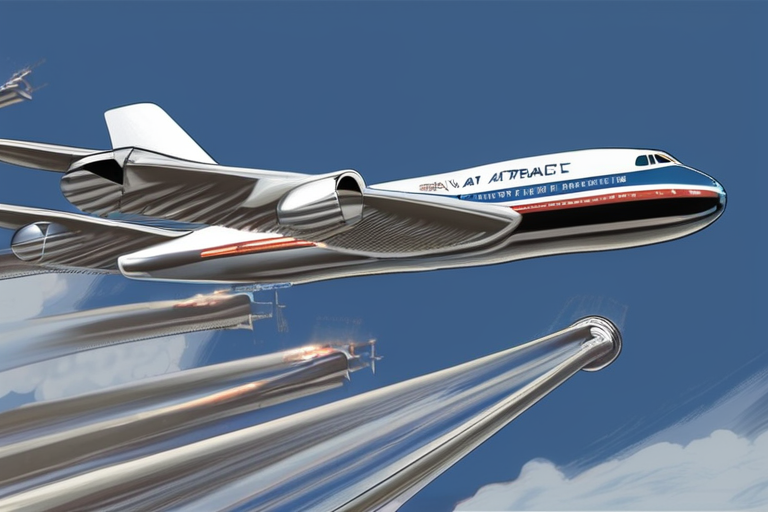
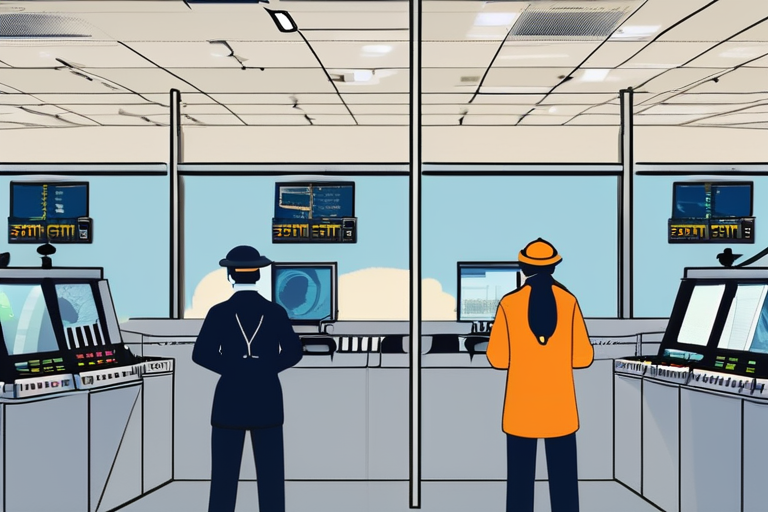




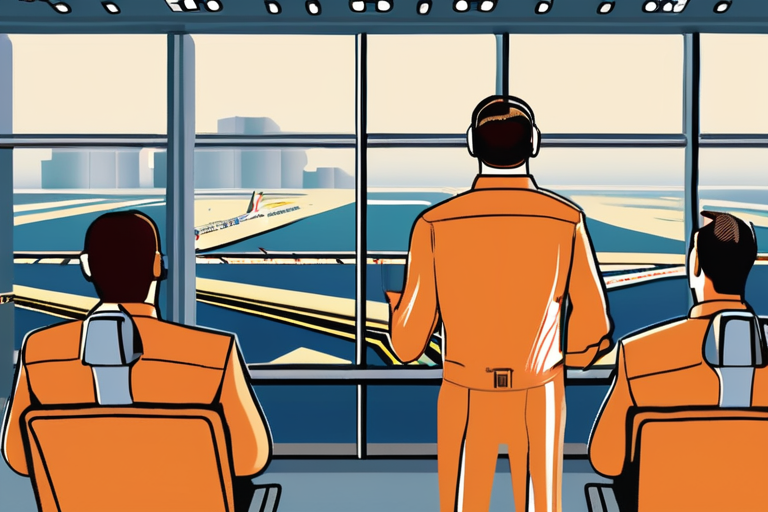
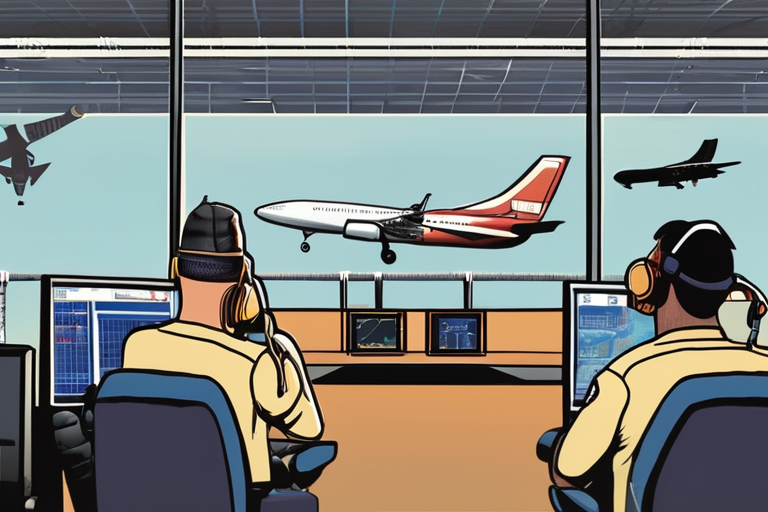



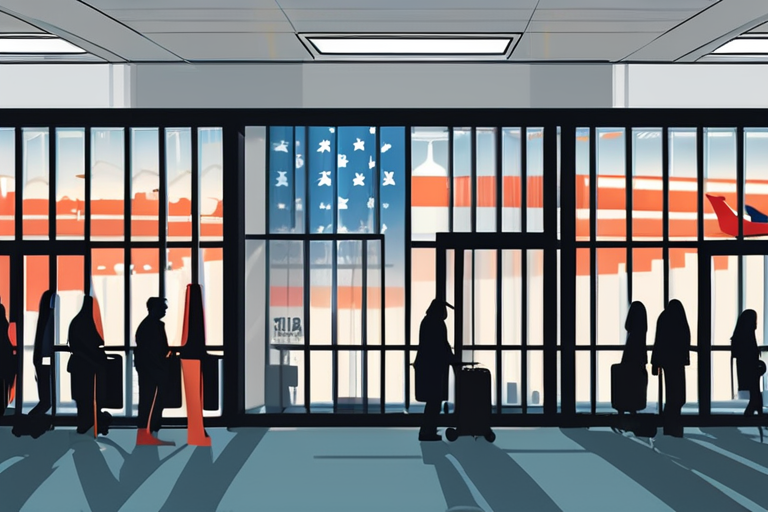




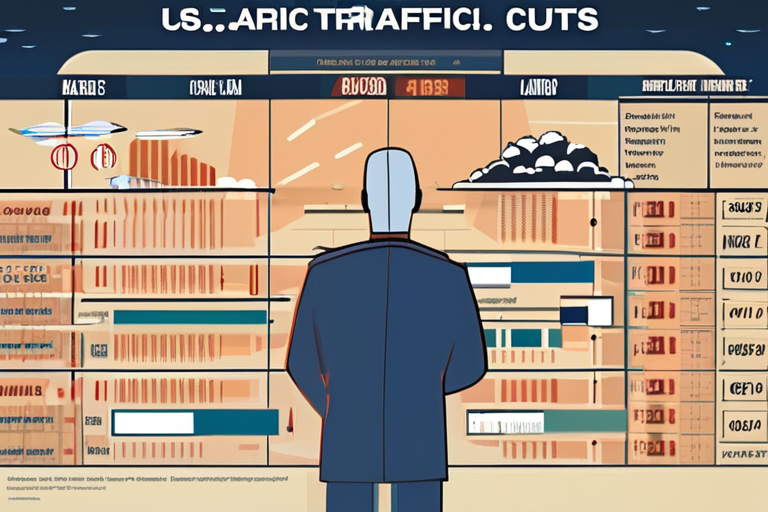





Share & Engage Share
Share this article